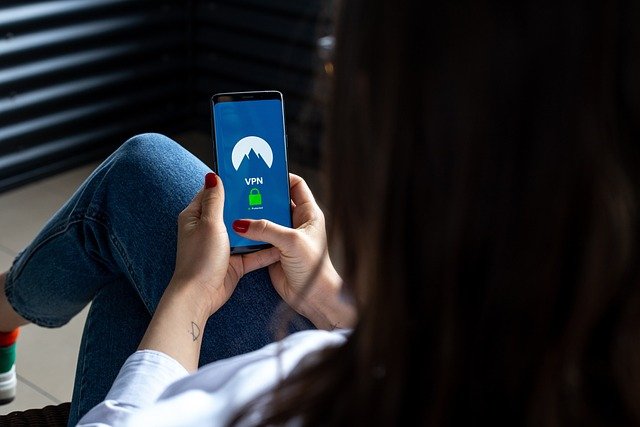Reducing risk from unsecured Wi-Fi on portable devices
Public and unsecured Wi-Fi networks are convenient but expose portable devices to interception, unauthorized access, and malware. Understanding practical steps—such as using encryption, strong authentication, and vetted VPNs—helps reduce exposure. This overview explains actionable controls, device settings, and organizational practices that protect privacy, maintain access control, and align device behavior with compliance expectations.

How does encryption protect data on public networks?
Encryption helps ensure that data transmitted from a portable device across an unsecured Wi-Fi network is unintelligible to eavesdroppers. End-to-end encryption in apps and TLS for web traffic prevent passive interception from revealing credentials or personal data. Devices should enforce encrypted connections by default and prefer services that support modern cipher suites. When encryption is missing or weakened, attackers on the same network can capture packets and reconstruct sensitive information, increasing risks to privacy and downstream services that share access.
What role does authentication and biometrics play?
Strong authentication reduces the chance that intercepted credentials will grant unauthorized access if they are compromised. Multi-factor authentication (MFA) adds a second factor beyond passwords, and device-level biometrics can provide convenient local authentication without transmitting secrets. Biometric methods should be combined with secure credential management and fallback methods that avoid weak passwords. Proper authentication policies limit lateral movement after a breach and help maintain secure access to cloud resources even when network threats are present.
Can firewalls and VPNs reduce network threats?
Local firewalls on portable devices can block unsolicited inbound connections and limit which apps access the network. A vetted VPN encrypts traffic between the device and a trusted endpoint, hiding payloads and destinations from local attackers on public Wi-Fi. Choose VPNs that follow transparent policies and avoid free services with unclear practices. Combined firewall rules and VPN tunnels reduce exposure to man-in-the-middle attacks and make it harder for malware or attackers to discover and exploit open services on a device.
How do permissions and app controls limit malware risk?
Limiting app permissions reduces the attack surface if malware is present. Grant only necessary permissions for camera, microphone, location, or file access, and review permissions periodically. App controls include restricting background data, using app stores with vetting, and disabling installation from unknown sources. These measures prevent malicious or overly permissive apps from escalating privileges or exfiltrating data over an unsecured network, lowering the likelihood that a network-based threat will lead to broader compromise.
Why firmware updates and patching matter for access and privacy?
Firmware and operating system updates close vulnerabilities that attackers exploit over Wi-Fi and other interfaces. Regular updates ensure that device components—Wi-Fi chips, Bluetooth stacks, and system libraries—run patched code that enforces current security primitives. Delayed or missing updates increase the window of exposure for known vulnerabilities, undermining privacy and access controls. Schedule automatic updates where possible, and verify vendor-supplied firmware to reduce the risk of malicious or tampered components.
How do compliance and audits support secure portable device use?
Policies tied to compliance frameworks help standardize controls for devices that connect to unsecured networks. Audits and device posture checks can verify encryption use, installed security software, current updates, and permission settings before granting network access. Regular audits detect misconfigurations, unapproved apps, or outdated firmware that increase threats. Aligning device configuration and network access rules with regulatory requirements and internal audits helps sustain acceptable risk levels and documents practices for privacy and incident response.
Conclusion
Reducing risk from unsecured Wi-Fi on portable devices requires layered defenses: enforce encryption and VPN use, apply strong authentication and biometrics wisely, enable firewall and permission controls, and keep firmware and software up to date. Combined with audit processes and compliance-aware policies, these measures decrease exposure to malware, network interception, and unauthorized access while supporting user privacy and predictable device behavior.






